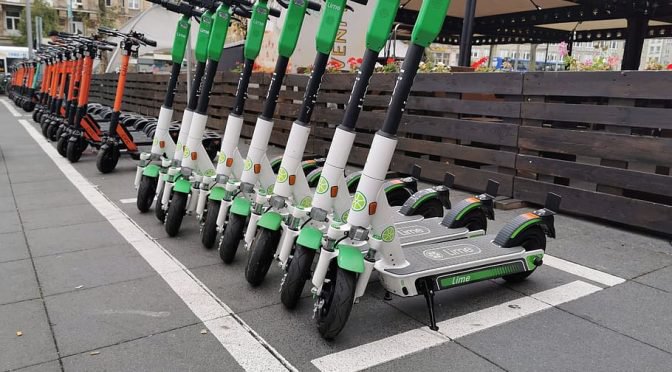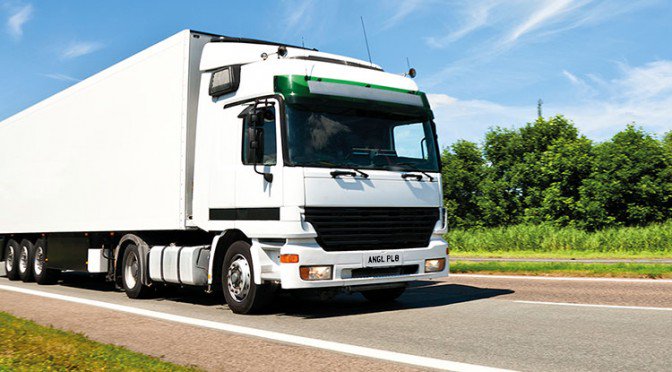Maintaining your most important assets—your vehicles—is key to the success of your business.
Whether they are located on the forecourt or in the garage or the workshop, consider this guidance to keep your vehicles safe and secure:
• Conducting test drives—Many customers request a test drive before buying. It’s crucial that employees responsible for test drives review the customer’s licence, ensuring it’s not expired or fake. Be sure to record the customer’s insurance details and contact information and ask the customer to provide the keys to their personal vehicle or a credit card as collateral. Run a background check if needed. In addition:
- Make sure that the vehicle has enough fuel and that all systems are functioning properly. Inform the customer of all relevant safety and operation procedures.
- Establish a set route near your business where the customer can perform a test drive and have an employee (or yourself) travel in the passenger seat of the vehicle. Be sure this employee has a licence, is competent and equipped with a mobile phone in case of an emergency.
• Preventing theft— Vehicles, car parts and equipment or machinery can appear attractive to thieves. Implement security features on-site such as:
- Security cameras
- An approved alarm system
- Personnel to guard the property after regular business hours
- Safe storage of money and vehicle keys
Other ways to prevent theft include:
- Only allow trusted and competent staff members access to the garage or workshop through a locked security system. Prohibit employees from duplicating vehicle keys or taking keys off-site.
- Store high-value vehicles indoors when necessary.
- Place covers or wheel blocks on vehicles that remain outdoors.
- Conduct regular inventory checks on vehicles, car parts and equipment to ensure awareness of any lost, damaged or stolen items.
- Communicate with local authorities if you suspect that theft has taken place.
• Training staff— One of the best ways to protect vehicles is to have a proper employee vetting system and training programme. Be wary of any job applicants with a criminal history or limited experience.
Always ensure staff members possess the appropriate education, competencies and licence for their job role. Be sure to train all staff members involved in the operation of on-site vehicles on these topics:
- How to assess the vehicle for health and safety concerns or defects
- Required safe driving practices (e.g. not using a mobile phone while driving, wearing a seatbelt and not exceeding the speed limit)
- Locations and routes that are acceptable for vehicle operation
- How to respond to an emergency situation (e.g. accidents or breakdowns)
• Vehicle technology—It’s important to stay up-to-date with motor vehicle technology and train staff on significant changes to prevent vehicle misuse, breakdowns or advanced forms of theft.
Be sure to only allow competent staff to operate new technology or vehicle systems, such as hybrid or electric cars. Also, consider equipping your vehicles with an on-board diagnostics port lockable device for maximum protection.








